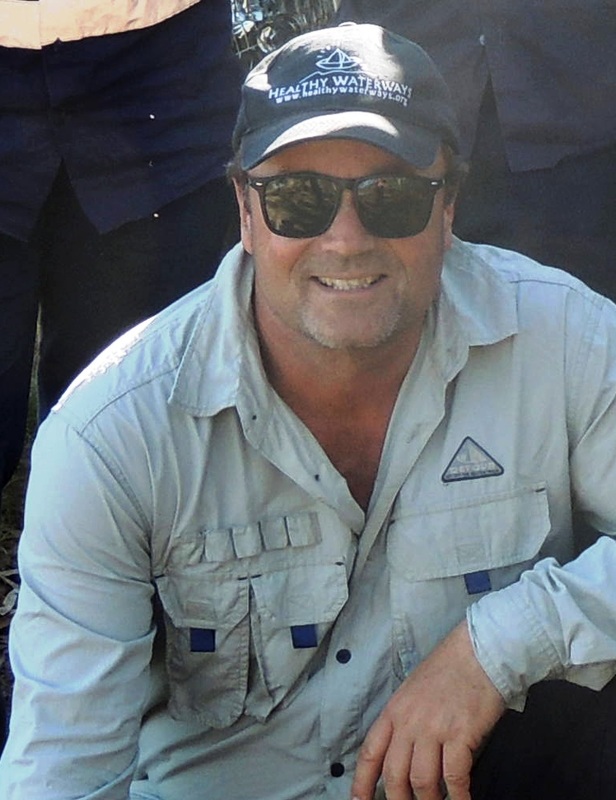Purple butterflies on a surf beach
Hays Inlet is well known for its birdlife and in particular waders. Many of the migrating birds have now left Moreton Bay to make their way to their Northern Hemisphere breeding grounds. They will return to our waters in September. In the meantime there are a still a number of residential wading birds including stilts, herons and spoonbills that will spend the autumn and winter months on the intertidal flats of Moreton Bay. One particularly versatile bird, the Pied Oystercatcher can not only be seen in the wetland areas like Hays Inlet but also along the surf beaches of the region including Moreton and Bribie islands as well as the Gold Coast and Sunshine coastlines.
I was fortunate to spend a few days at Noosa over the Easter break and by chance I had my camera on me when a pair of oystercatchers worked the ebbing tide. If you have ever tried to catch pipis, a bivalve mollusc located on the waterline of the surf, you will realise how difficult this task can be. Incredibly oystercatchers are able to work the breaking wave zone and locate and pull pipis out of the sand with regular monotony.
Of course finding pipis is one thing but being able to crack them open is another matter altogether, especially if you are a bird. Again these birds appear to find the task relatively easy. They insert their bill into the hapless bivalve and carry them to the beach, where they insert their beak further into the shell and then using mandibles like a knife they slice through the strong muscle of the mollusc before extracting them completely from their shells. And in no time at all they are feeding on a nutritious piece of protein, thanks to their fishing skills and well-equipped bills.
And left on the beach are the two valves of the former pipi! Just minutes ago it was buried in the sand beneath the waves and now the only evidence of its existence is that familiar purple butterfly-like pair of valves.
I was fortunate to spend a few days at Noosa over the Easter break and by chance I had my camera on me when a pair of oystercatchers worked the ebbing tide. If you have ever tried to catch pipis, a bivalve mollusc located on the waterline of the surf, you will realise how difficult this task can be. Incredibly oystercatchers are able to work the breaking wave zone and locate and pull pipis out of the sand with regular monotony.
Of course finding pipis is one thing but being able to crack them open is another matter altogether, especially if you are a bird. Again these birds appear to find the task relatively easy. They insert their bill into the hapless bivalve and carry them to the beach, where they insert their beak further into the shell and then using mandibles like a knife they slice through the strong muscle of the mollusc before extracting them completely from their shells. And in no time at all they are feeding on a nutritious piece of protein, thanks to their fishing skills and well-equipped bills.
And left on the beach are the two valves of the former pipi! Just minutes ago it was buried in the sand beneath the waves and now the only evidence of its existence is that familiar purple butterfly-like pair of valves.

 RSS Feed
RSS Feed
